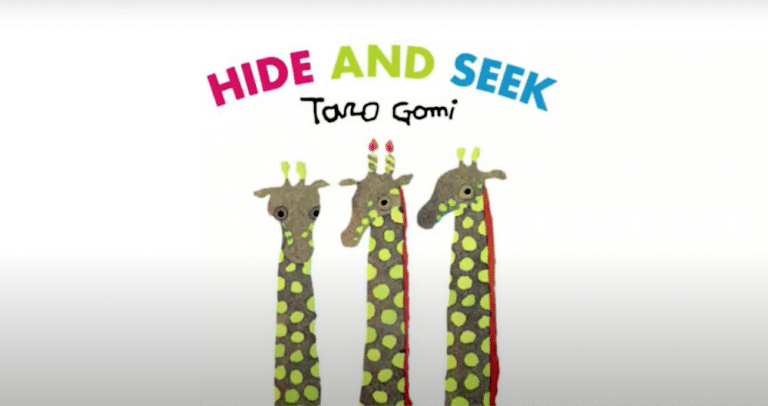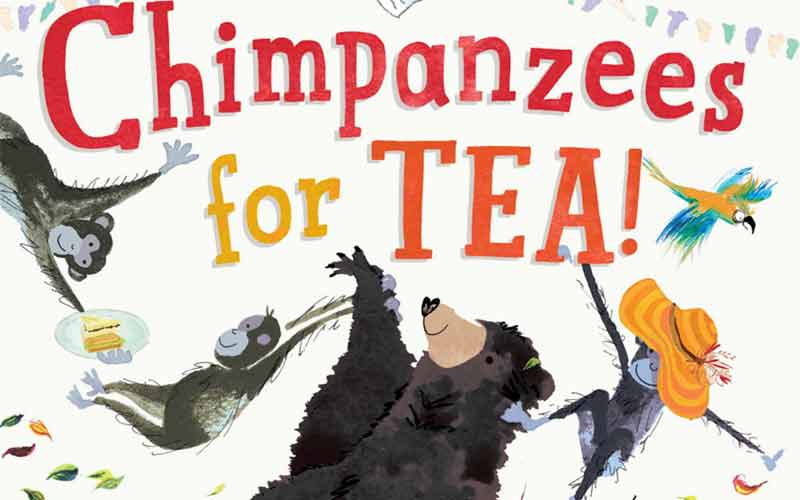TAKE-HOME STRATEGY
Supporting Working Memory at Home

What It's About
Working Memory is the ability to remember and use information while doing a task. Children use their Working Memory when they follow directions, play a game, and remember rules.
The best way to support these skills is to help your child use strategies to keep things in their mind, to give simple and clear instructions, and to use pictures to help them remember what to do in the moment.
Here are some ways you can support Working Memory at home. Keep in mind that you can change these activities to work for you and your child, based on their current abilities, interests, and what you have available at home. Make sure to use safe materials and watch your child closely during these activities.
Take a look, and try out your favorites!
Visual Schedule
Retell Stories
Dance Party
Simon Says
What is Missing?
Play Games
Quick Cues for Supporting Working Memory
Some things you might do or say to help strengthen your child’s Working Memory
Talk about Remembering
Help your child learn and use strategies for remembering things.
This can sound like:
“You are saying ‘truck-truck-truck.’ That’s helping you remember that you are looking for a truck!”
“I am using this recipe card to help me remember all the steps I need to follow to make dinner.”
“Let me write that on our grocery list. Writing it down helps me remember.”
Give Simple and Clear Directions
Tell your child what to do rather than what not to do.
This can sound like:
“Put your feet on the floor.” Rather than, “Don’t climb on that.”
“Drop your cup in the trash.” Rather than, “Put your cup in the trash, then put your spoon in the sink, and go sit down.”
“Put your shoes on.” Rather than, “Get ready to go outside.”
Use Cues and Visuals
Use pictures and gestures to help children remember what to do.
This can sound like:
“Look at the pictures of how we wash our hands.”
“This sign reminds us to be quiet in the library.”
“We have 2 things to do before we leave. First, (holding up one finger) we have to put our coats on, then (holding up a second finger) we have to get our bags.”
Our Book Recommendations for Supporting Working Memory
Engaging stories that support children’s Working Memory

Hide and Seek
Written and illustrated by Taro Gomi, this book supports young children to develop working memory by providing visuals to refer back to as they look for objects hidden within the illustrations.
Have fun with it:
Go on a scavenger hunt and ask your child to find well-known objects around the room or in your home.

Chimpanzees for Tea!
Written and illustrated by Jo Empson, this story is about a boy who goes shopping for his mother. But when he loses the grocery list, Vincent has a hard time remembering what he needs to buy!
Have fun with it:
Write a grocery list with your child before heading to the store and use it together to remember items to buy.
More Strategies
We’re creating a library of resources like these so families can quickly and easily promote children’s development at home. Be sure to see all the strategies we have available!

